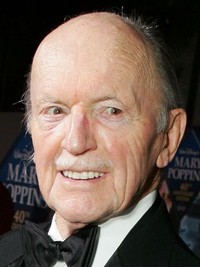Peter Ellenshaw

As the premier special effects artist for Walt Disney Studios for 30 years, Academy Award-winner Peter Ellenshaw made fantasy reality for kids of all ages. Mentored by effects pioneer W. Percy Day, Ellenshaw learned the visual trickery of matte painting on films like "Thief of Baghdad" (1940) and "Black Narcissus" (1947). Walt Disney asked Ellenshaw to produce visuals for his first live-action endeavor "Treasure Island" (1950) and the success of that film led to an almost exclusive working relationship with Disney, who quickly enlisted Ellenshaw's talents for the special effects extravaganza "20,000 Leagues Under the Sea" (1954). Following impressive work on features like "Swiss Family Robinson" (1960), he earned an Academy Award for his special effects work on "Mary Poppins" (1964) and picked up similar nominations for his contributions to "Bedknobs and Broomsticks" (1971) and "The Island at the Top of the World" (1974). In a sort of symbolic passing of the torch to his son Harrison - an accomplished matte painter in his own right - the two collaborated on Disney's take on sci-fi adventure "The Black Hole" (1979). Not long after providing his services to the Warren Beatty adaptation of "Dick Tracy" (1990), Ellenshaw was honored as a Disney Legend in 1993. Although the technique he helped define was later replaced by digital technology and his seamlessly integrated visuals often went unnoticed by the public, the contributions of Ellenshaw and his contemporaries nonetheless remained shining examples of artistry and imagination, preserved on film for generations to come.